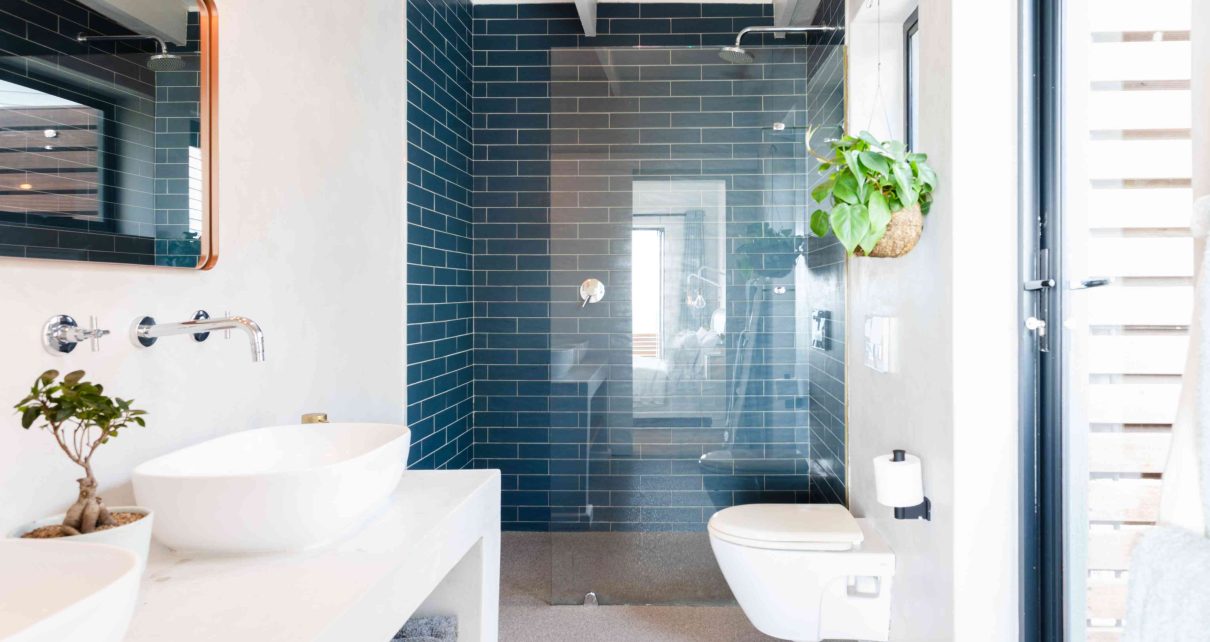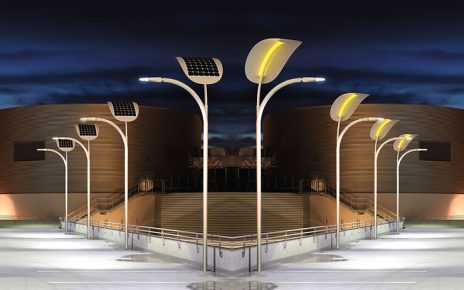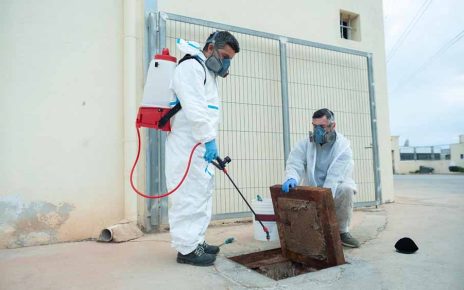Installing a new shower is one of the most popular upgrades in modern bathroom renovations. Whether you’re replacing an old shower or transforming a bathtub space into a sleek walk-in design, knowing how long the installation process will take can help you plan your project more effectively.
While the exact timeline depends on several factors, most standard shower installations can be completed in just a few days to a couple of weeks.
1. Factors That Affect Shower Installation Time
Type of Shower Being Installed
The time required will vary based on the complexity of your project:
- Pre-fabricated Shower Kits: These can be installed relatively quickly, often in 1–3 days.
- Custom Tile Showers: Custom-built showers require waterproofing, tile work, and curing time, which can extend the project to 1–2 weeks.
- Walk-in Showers: These may involve removing a tub, relocating plumbing, and installing glass enclosures.
Plumbing and Electrical Work
If your renovation requires moving plumbing lines, installing new drains, or upgrading electrical fixtures, this can add time to the project.
Bathroom Size and Layout
Smaller bathrooms with limited space may require more detailed work, while larger bathrooms can accommodate faster installations.
2. Typical Shower Installation Timeline
Day 1–2: Demolition and Site Preparation
The first step involves removing the old shower or tub, preparing the subfloor or walls, and inspecting plumbing.
Day 3–4: Plumbing and Electrical Adjustments
If necessary, plumbing lines are moved or upgraded. Electrical outlets for lighting or shower features may also be installed.
Day 5–7: Installation of Shower Base and Walls
For prefabricated showers, the base and wall panels are installed quickly. Custom tile showers will require waterproofing and cement board installation before tiling begins.
Day 8–10: Tiling and Finishing
Custom showers require careful tile placement, grouting, and sealing, which can add several days to the timeline depending on the complexity of the design.
Day 11–12: Glass Shower Door Installation
Installing glass doors, like Vasca walk-in shower doors, typically occurs after all tiling and waterproofing are complete. These doors are custom-fitted, ensuring a seamless look and proper functionality.
Day 13–14: Final Touches and Cleanup
This stage includes installing fixtures, sealing edges, caulking, and cleaning up the work area.
3. Benefits of Walk-In Showers for Modern Bathrooms
Efficient Use of Space
Walk-in showers open up the bathroom visually, making small spaces feel larger.
Easy Access and Safety
With low or no thresholds, walk-in showers are ideal for aging-in-place designs or family-friendly bathrooms.
Elegant Glass Door Options
Modern walk-in showers often feature frameless glass doors that enhance the clean, minimal look of the bathroom. High-quality options like Vasca walk-in shower doors offer both durability and style, providing a sleek finish that complements any bathroom design.
4. Tips to Ensure a Smooth Installation Process
Work with Professional Contractors
Hiring experienced bathroom renovators ensures the job is done properly and on schedule.
Plan for Permits and Inspections
Depending on your location, plumbing or electrical changes may require permits, which can add time.
Choose Materials Early
Selecting your shower tiles, fixtures, and glass doors in advance helps avoid delays.
Prepare for Minor Delays
Unexpected issues like water damage or structural repairs can extend the timeline, so build some flexibility into your project plan.
Conclusion
Installing a new shower can typically be completed within one to two weeks, depending on the complexity of the design and any custom features. Walk-in showers with elegant glass enclosures are a popular choice for homeowners seeking both functionality and modern style.





